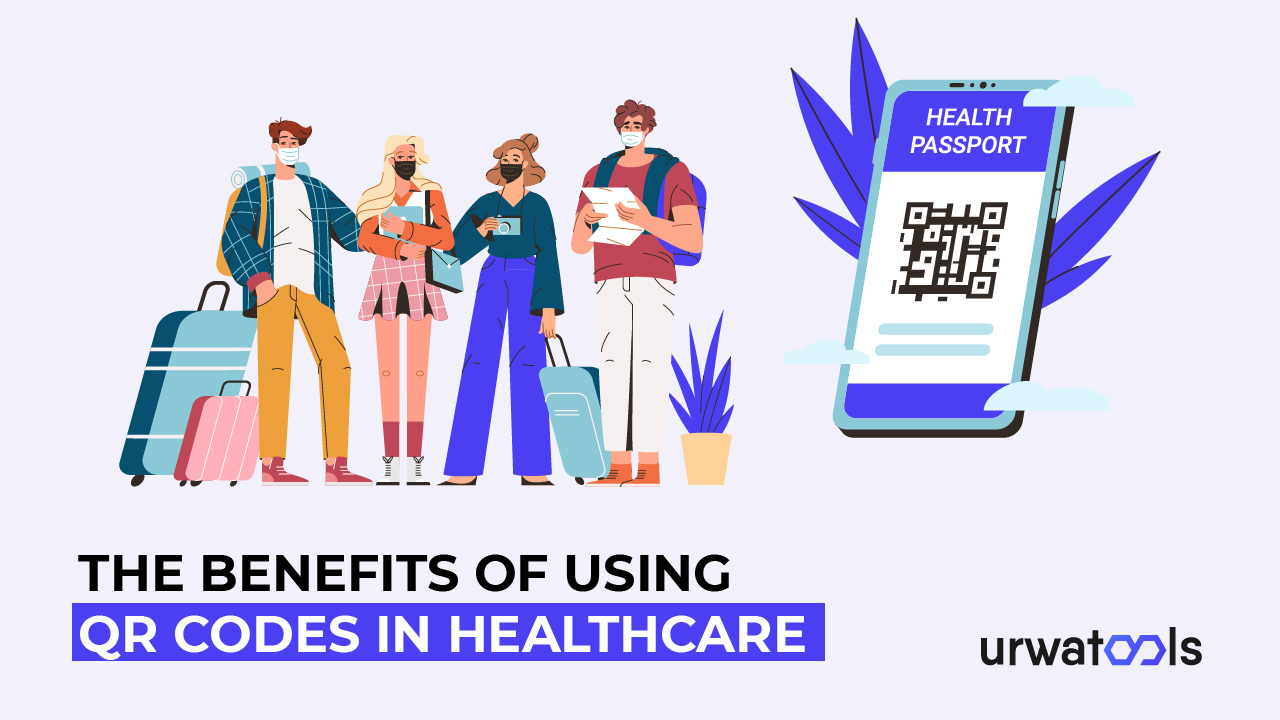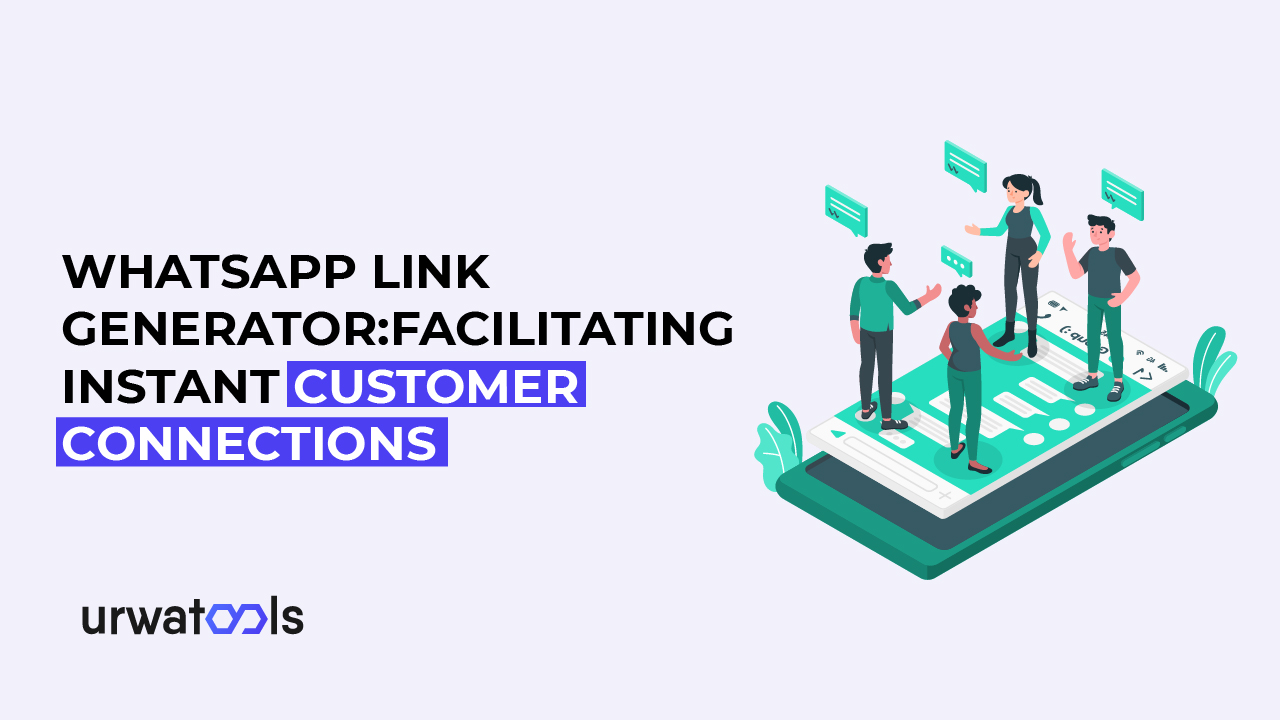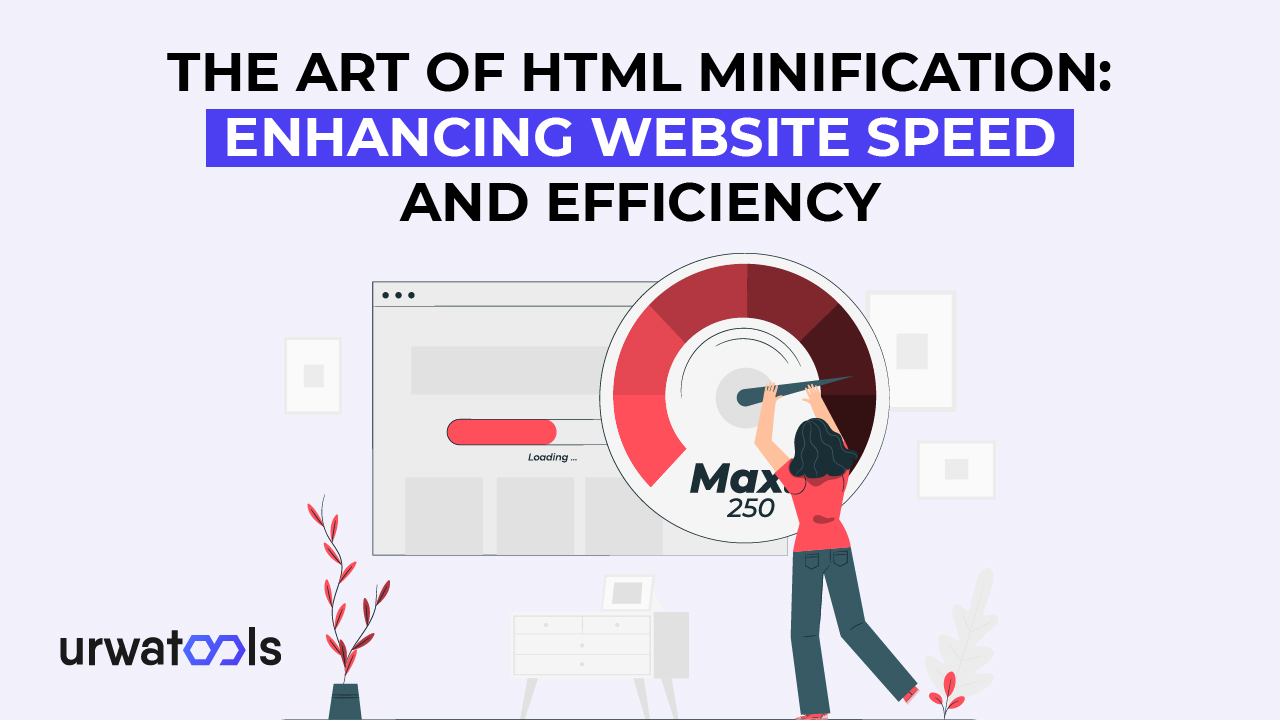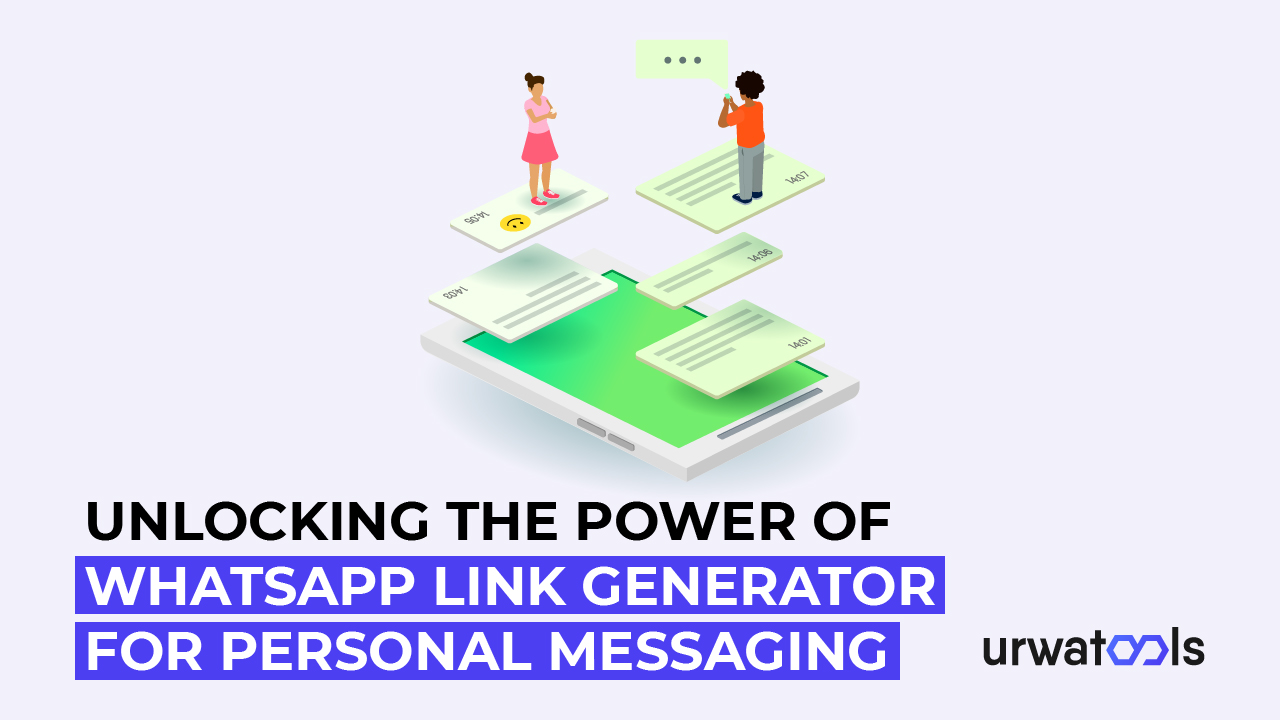Introduction
QR codes have developed as a vital tool in various industries, including healthcare, due to the rising usage of smartphones and the growing demand for seamless information transmission. These codes are black squares on a white background that may be scanned with a smartphone or QR code reader. They may store various data, including URLs, text, and encrypted data.
What are QR codes?
Quick Response codes were invented in Japan in 1994 to track vehicle parts. Their uses grew over time and are now widely employed in various industries. QR codes are more adaptable and efficient than standard barcodes because they hold more information. They may be created and read using smartphones, tablets, and dedicated QR code scanners.
QR codes in healthcare
1. Enhancing patient safety:
Patient safety is a primary responsibility in healthcare, and QR codes may help ensure accurate and safe patient treatment. Healthcare practitioners may easily access crucial patient information such as allergies, medical history, and ongoing therapies by embedding QR codes onto wristbands. Patient safety knowledge can help you make educated decisions and prevent dangerous medical blunders in an emergency.
2. Streamlining administrative processes:
Administrative duties at healthcare institutions can be time-consuming and error-prone. QR codes provide an easy and effective way to expedite these operations. QR codes can speed up appointment scheduling, patient registration, and payment. Patients may scan their barcodes upon arrival, reducing wait times and paperwork. Streamlining administrative processes improves not just efficiency but also the patient experience.
3. Improve medication management:
Medication mistakes are a major problem in healthcare, resulting in adverse effects and higher healthcare expenses. QR codes can help reduce these dangers by improving drug management. QR codes on medication packaging and labeling can give detailed information such as dosing directions, potential adverse effects, and drug interactions. By scanning these codes, patients and healthcare providers can ensure that the proper drug is provided to the correct patient at the correct dosage.
4. Facilitating contactless interactions:
Following the COVID-19 pandemic, avoiding physical contact has become critical to limiting viral transmission. QR codes enable contactless healthcare interactions. Patients may check in, view electronic health information, and make payments by scanning codes displayed at the doors. Healthcare practitioners can also use QR codes to distribute instructional materials, appointment reminders, and follow-up instructions, minimizing face-to-face encounters.
The benefits of using QR codes in healthcare
Using QR codes in healthcare brings several advantages that improve patient care, operational efficiency, and better collaboration among healthcare professionals. Some key benefits include:
1. Increased efficiency and accuracy:
QR codes simplify data entry and retrieval procedures, decreasing manual transcription and mistake danger. Patient information, test results, and medical history may be recorded and maintained in real-time, assuring accuracy and accessibility. This efficiency saves time for healthcare personnel, allowing them to concentrate on direct patient care.
2. Savings on expenses:
Healthcare institutions may save money by implementing QR code technology. Reduced paperwork, increased efficiency in administrative operations, and fewer mistakes in medicine administration can all result in considerable financial savings. Furthermore, because QR codes do not require additional gear or software, they are a cost-effective alternative for healthcare companies of all sizes.
3. Improved the patient experience:
Healthcare providers may improve the patient experience by using QR codes. Patients may use their cell phones to access medical data, test results, and appointment information, reducing the need for several trips or phone calls. QR codes also enable patients to actively participate in their healthcare journey by offering easy access to educational resources and customized treatment plans.
4. Data gathering and analysis have been improved:
QR codes allow healthcare workers to collect crucial data easily. Integrating QR codes with electronic health record systems enables healthcare professionals to collect patient outcomes, treatment efficacy, and healthcare utilization data. This information may be used for research, quality improvement, and healthcare delivery.
5. Better communication and collaboration:
Effective communication and teamwork are critical in healthcare settings, especially when numerous healthcare professionals are engaged in patient care. QR codes allow physicians, nurses, and other healthcare practitioners to retrieve vital healthcare information in real-time, facilitating seamless information interchange. Better communication results in greater coordination, more informed decision-making, and, eventually, better patient outcomes.
6. Examples and case studies:
Healthcare institutions have implemented QR codes to improve operations and patient care. Hospitals, for example, have QR code-based systems for patient identification, prescription administration, and laboratory results tracking. Pharmacies use QR codes on prescription labels to promote drug adherence and give patients additional information. These examples show how QR codes may be beneficial in healthcare settings.
Challenges and considerations
While QR codes in healthcare offer significant advantages, certain challenges and considerations need to be addressed:
1. Privacy and security concerns:
QR codes may carry critical patient information. Therefore, maintaining strong security measures and encryption processes is critical to patient privacy. Healthcare institutions must follow appropriate legislation and standards to protect health data, such as the Health Insurance Portability and Accountability Act (HIPAA).
2. Adoption and implementation issues:
QR code technologies in healthcare require careful planning and execution. It might entail modernizing existing infrastructure, training employees, and educating patients. Adoption might need improvement by resistance to change and technological hurdles. To address these issues, healthcare institutions should devise thorough implementation plans and provide adequate assistance and training to all stakeholders.
3. Future trends and developments:
QR codes in healthcare are predicted to improve as technology advances. Integrating advancing technologies such as artificial intelligence (AI) and the Internet of Things (IoT) might improve their capabilities and broaden their uses. QR codes, for example, may be used with AI-powered picture recognition to swiftly and effectively identify skin problems or radiological anomalies.
Conclusion
Finally, employing QR codes in healthcare has various advantages, including increased efficiency, cost savings, improved patient experience, improved data gathering, and improved communication and cooperation among healthcare personnel. Despite privacy, security, and implementation issues, QR codes can transform healthcare by speeding up operations, decreasing mistakes, and enabling contactless interactions.
FAQs
1. How do QR codes work in healthcare?
QR codes in healthcare encode relevant information, such as patient records or medication details, into a scannable barcode. Healthcare professionals or patients can use a smartphone or a dedicated QR code reader to quickly scan the code and retrieve the information.
2. Are QR codes secure for sensitive medical information?
If appropriate security measures are taken, QR codes can be secure for sensitive medical information. Encryption and access controls should be implemented to protect patients' private information and comply with HIPAA regulations.
3. Can QR codes reduce medical errors?
Yes, QR codes can help reduce medical errors by improving medication management, enabling accurate patient identification, and facilitating quick access to critical patient information. QR code reduces errors and enhances patient safety.
4. Are QR codes widely used in healthcare?
QR codes are increasingly adopted in the healthcare industry for various purposes, including patient identification, medication administration, and administrative processes. While usage is growing, adoption rates may vary among healthcare organizations.
5. What are the potential limitations of QR codes in healthcare?
QR codes in healthcare have privacy and security concerns, technological barriers, and the need for infrastructure updates and staff training. Overcoming these challenges requires careful planning and implementation strategies.







